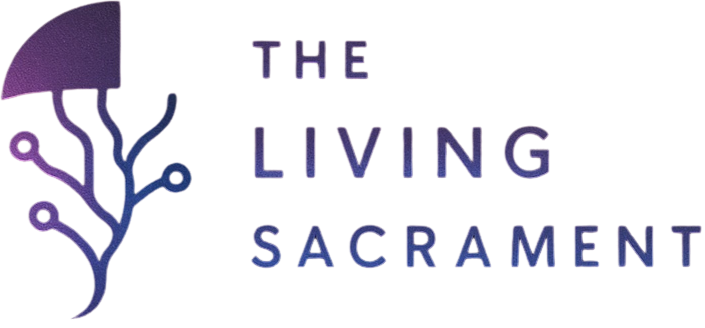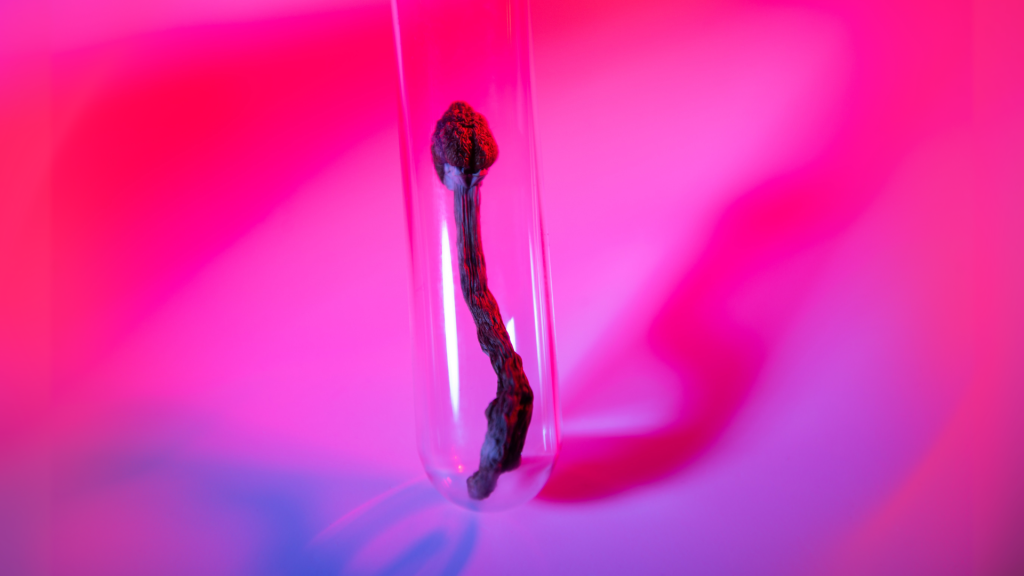Mushrooms are low in calories and rich in nutrients that support overall health. When people search for mushroom nutrition facts, they usually want to know what mushrooms contain, how many calories they have, and which vitamins and minerals they provide. Across many species, mushrooms offer fiber, protein, B vitamins, and important minerals like selenium and potassium.
Psychedelic mushrooms share much of this same nutritional profile. From a nutrition standpoint, they are biologically similar to common edible mushrooms. The presence of psilocybin does not add calories, vitamins, or minerals. The nutritional value comes from the mushroom itself, not from its psychoactive compounds.
This article breaks down mushroom nutrition in clear terms, including calories, macronutrients, and key micronutrients. It also explains how psychedelic mushrooms fit into this picture and what makes their nutritional makeup similar to, or different from, other types of mushrooms.
| Nutrient | Amount (per 1 cup / 70g) |
|---|---|
| Calories | 15 |
| Protein | 2.2 g |
| Total carbs | 2.3 g |
| Fiber | 0.7 g |
| Total sugars | 1.4 g |
| Total fat | 0.24 g |
| Sodium | 3.5 mg |
| Potassium | 222.6 mg |
| Copper | 0.22 mg |
| Selenium | 6.5 mcg |
| Riboflavin (B2) | 0.28 mg |
| Niacin (B3) | 2.5 mg |
| Vitamin D | 0.14 mcg (My Food Data) |
1. Psilocybin and Psilocin
These are the headline compounds, the ones that make shrooms psychedelic. Your body converts psilocybin into psilocin, which then changes how your brain handles emotion, perception, and sensory data.
According to a 2020 ScienceDirect study, Psilocybe cubensis was found to contain up to 1.78% psilocybin and 0.45% psilocin by dry weight, though that varies depending on growing conditions and strain. Researchers noted that the ratio between the two compounds affects the “character” of the trip, some species hit harder and faster because they contain more psilocin (which acts directly in the brain).
“The chemical diversity of psilocybin-producing mushrooms is far greater than once believed,” the authors noted in the ScienceDirect paper.
2. Carbohydrates
Like all fungi, magic mushrooms contain complex polysaccharides in their cell walls, mainly chitin and beta-glucans. These carbs don’t provide much energy, but they give mushrooms their texture and structure.
Interestingly, some beta-glucans found in mushrooms have immunomodulatory properties (they may support immune function), though psilocybin mushrooms haven’t been studied much for this aspect.
3. Proteins and Amino Acids
While not a significant source of protein, Psilocybe mushrooms do contain small amounts of essential amino acids. The MDPI (2023) study identified trace levels of leucine, lysine, and glutamic acid, compounds that help build cells and enzymes in the body.
So yes, there’s protein in shrooms, but you’d need to eat an unrealistic amount to get any nutritional benefit.
4. Flavonoids, Phenolics, and Other Antioxidants
Beyond psilocybin, mushrooms also carry flavonoids, phenolic acids, and antioxidants that may contribute to their subtle secondary effects.
The Nature (2025) analysis of 42 psilocybin-producing species found that some contained polyphenolic compounds similar to those in medicinal mushrooms like Ganoderma lucidum (Reishi). These help neutralize free radicals and might explain why some users report a lingering “clarity” or “clean feeling” after a trip.
“The presence of non-psychoactive metabolites could contribute synergistically to psilocybin’s effects,” the Nature study suggested.
5. Tannins and Saponins
Compounds like tannins and saponins, common in plants and fungi, also appear in small amounts in psilocybin mushrooms. According to the MDPI research, these may help with cellular defense and have mild antimicrobial properties. They don’t affect the trip directly, but they round out the mushroom’s biochemical profile.
6. Big Differences Between Species
Not all magic mushrooms are created equal. The Nature (2025) study compared 42 species and found huge variation, not just in psilocybin content, but in supporting molecules like baeocystin and norbaeocystin (two lesser-known tryptamines).
Species like Psilocybe cyanescens and Psilocybe azurescens can contain up to three times more total tryptamines than P. cubensis, which explains why some varieties are known to be “stronger” or more visual.
“Each species expresses its own chemical fingerprint,” researchers wrote.
Final Thoughts
Magic mushrooms aren’t eaten for calories or protein, but they’re chemically fascinating. Psilocybin and psilocin do the heavy lifting, while other compounds, like flavonoids, tannins, and amino acids, support the mix.
It’s easy to think of shrooms as pure psychedelics, but in reality, they’re tiny chemical ecosystems, part medicine, part mystery, and part natural art.
“In short,” as one researcher put it, “magic mushrooms are more chemistry than cuisine.”

